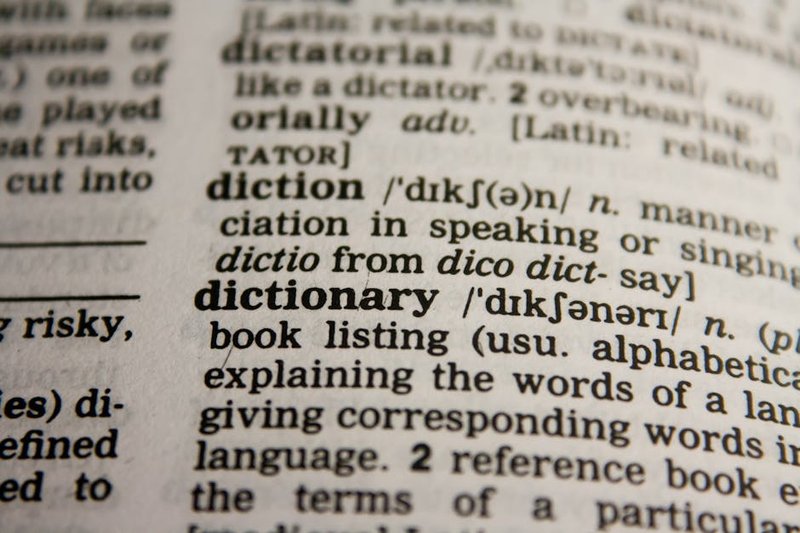Welcome to my specialized vocabulary guide! I’m Rodney Diaz, and today we’re tackling the sometimes confusing terminology surrounding tariffs and trade policies. With recent developments in U.S. trade relations making headlines, understanding these terms has never been more important. Let’s break them down into plain language that anyone can understand.
Tariffs – Basic Tariff Terminology
Tariff: Simply put, a tariff is a tax imposed on imported goods. Think of it as a toll that foreign products must pay to enter a country’s market. The current U.S. administration has been implementing various tariffs as part of its trade policy strategy.
Reciprocal Tariffs: These are tit-for-tat measures where one country imposes tariffs in direct response to tariffs placed on them by another country. It’s essentially saying, “If you tax our goods, we’ll tax yours at a similar rate.” President Trump’s proposed “like-for-like” tariffs fall into this category.
You know, this reminds me of my nephew’s basketball games where one team responds to the other’s strategy with a similar approach. I coached youth basketball for seven years, and the parallels between trade policy and defensive positioning are surprisingly numerous!
Secondary Tariff: This is an additional tariff imposed not just on a target country but on countries that do business with that target. For example, Trump’s announced 25% secondary tariff on Venezuela would affect any country buying oil or gas from Venezuela when they trade with the U.S.

Tariffs – Trade-Specific Terms
Trade Balance: This refers to the difference between a country’s exports and imports. A “favorable” trade balance typically means a country exports more than it imports (a trade surplus), while an “unfavorable” balance means a country imports more than it exports (a trade deficit). The “dirty 15” mentioned in the article refers to countries with which the U.S. has a significant trade deficit.
Free Trade Agreements: These are pacts between countries that reduce or eliminate trade barriers like tariffs. The USMCA (United States-Mexico-Canada Agreement) is an example mentioned in the article, replacing the older NAFTA agreement.
I spent three summers in college working at a shipping port, and I saw firsthand how these agreements affect the flow of goods. The dock workers had a saying: “Trade papers move faster than cargo, but tariffs slow everything down.” So true!
Economic Impact Terms
Inflationary Pressure: This refers to forces that tend to cause prices to rise. Tariffs often create inflationary pressure because they make imported goods more expensive, which can ripple through the economy. As mentioned by Macy’s CFO, companies are recognizing these pressures from the current tariff situation.
Consumer Environment: This term describes the overall economic conditions affecting consumers’ willingness and ability to spend money. Retailers are noting that the consumer environment isn’t improving, meaning people may be becoming more cautious with their spending partly due to economic uncertainty around tariffs.
Price Differential: This refers to the difference in price for the same commodity in different markets. The article mentions a record gap between copper prices on the Comex (U.S.) and LME (international) exchanges, creating opportunities for traders to profit from these differences.
Government Policy Terms
Retaliatory Tariffs: These are tariffs imposed specifically as punishment or response to another country’s trade actions. The EU’s counter tariffs on $28 billion in U.S. goods are an example of retaliatory measures.
National Security Grounds: This refers to the justification sometimes used to impose tariffs based on protecting a country’s essential security interests. The article mentions a probe into possible copper tariffs on national security grounds.
Liberation Day: This is a term coined by President Trump to refer to April 2, when he plans to potentially impose new retaliatory tariffs on U.S. trade partners.
When I was researching historical tariff policies for my master’s thesis (which I never actually finished, but that’s a story involving a mysterious fire in the university archives), I found that colorful naming of economic policies has a long tradition in American politics!
Market-Specific Vocabulary
Comex: This stands for the Commodity Exchange, a division of the New York Mercantile Exchange where metals futures and options are traded. The article mentions copper futures on Comex hitting record highs.
LME: The London Metal Exchange, an international commodities exchange that trades metals futures contracts. The article notes the significant price gap between Comex and LME copper prices.
Futures: These are financial contracts obligating the buyer to purchase an asset (or the seller to sell an asset) at a predetermined future date and price. Copper futures on Comex reached record highs according to the article.

Understanding the Current Situation
The vocabulary around tariffs becomes particularly important in understanding the current trade landscape. President Trump’s administration has implemented a multi-faceted approach:
Blanket Tariffs: These are tariffs applied broadly across many products from a specific country or countries. The 25% steel and aluminum tariffs mentioned in the article are examples of blanket tariffs.
Sector-Specific Impacts: Different industries experience varying effects from tariffs. The PWC report cited in the article suggests the consumer products sector could face impacts of up to $134 billion under certain tariff scenarios.
Trade Talks: Diplomatic negotiations between countries to resolve trade disputes. The article mentions that Canada and the U.S. have agreed to new trade talks amid rising tensions.
I once attended a trade negotiation simulation at an economics conference, and let me tell you, the coffee breaks were more productive than the formal sessions! The real deals always seemed to happen when people weren’t focused on posturing for their respective countries.
Economic Indicators and Reactions
Consumer Expectations: These are measures of how consumers feel about future economic conditions. The article notes that U.S. consumers’ expectations about the economy dropped to a 12-year low, which can be a predictor of future spending patterns.
Market Volatility: This refers to the rate at which prices rise or fall in a particular market. The rapid changes in copper prices mentioned in the article are an example of increasing market volatility in response to tariff news.
Revenue Raising: One stated purpose of tariffs is to generate government revenue. The article mentions that Trump’s proposed reciprocal tariffs aim to fulfill campaign promises and raise revenue for planned tax and spending bills.
Connecting the Dots
Understanding these terms helps clarify how interconnected global trade really is. When President Trump announces a tariff on steel, it doesn’t just affect steel manufacturers—it creates ripple effects across industries, international relations, and consumer spending.
The article demonstrates how companies like Macy’s are already adjusting their business outlooks based on anticipated tariff impacts. Meanwhile, traders are exploiting price gaps in commodity markets created by tariff uncertainty.
For ordinary consumers, the vocabulary of tariffs may seem abstract, but the effects are concrete: potentially higher prices on everyday goods, shifts in employment across various sectors, and changes in the broader economic landscape.
As we continue to see developments in trade policy, keeping these terms straight will help you better understand the news and potentially make more informed decisions about your own financial planning and investments.
And that, friends, is the power of understanding specialized vocabulary! It transforms confusing policy jargon into useful knowledge that helps us navigate our complex economic world. Just like my grandfather always said: “Know your terms, and you’ll know which way the wind is blowing.”



